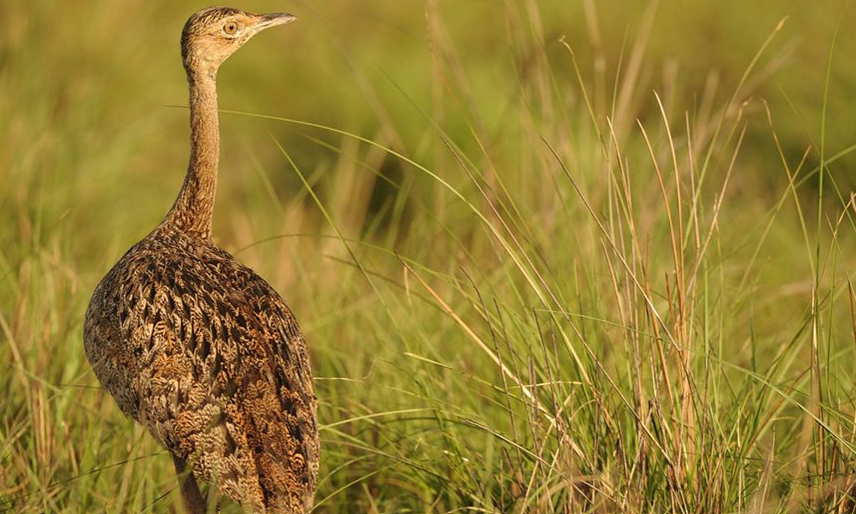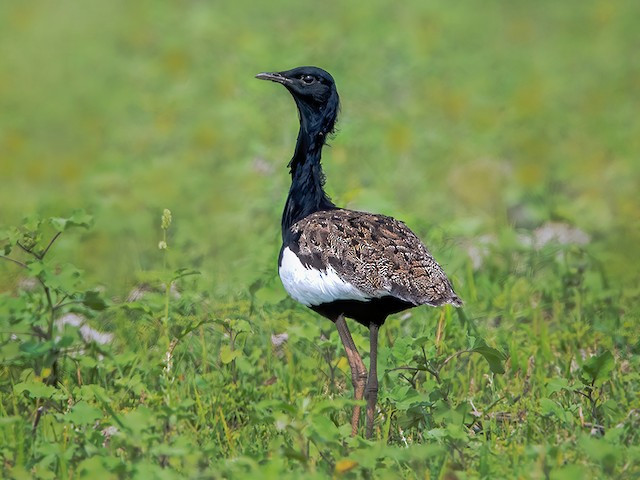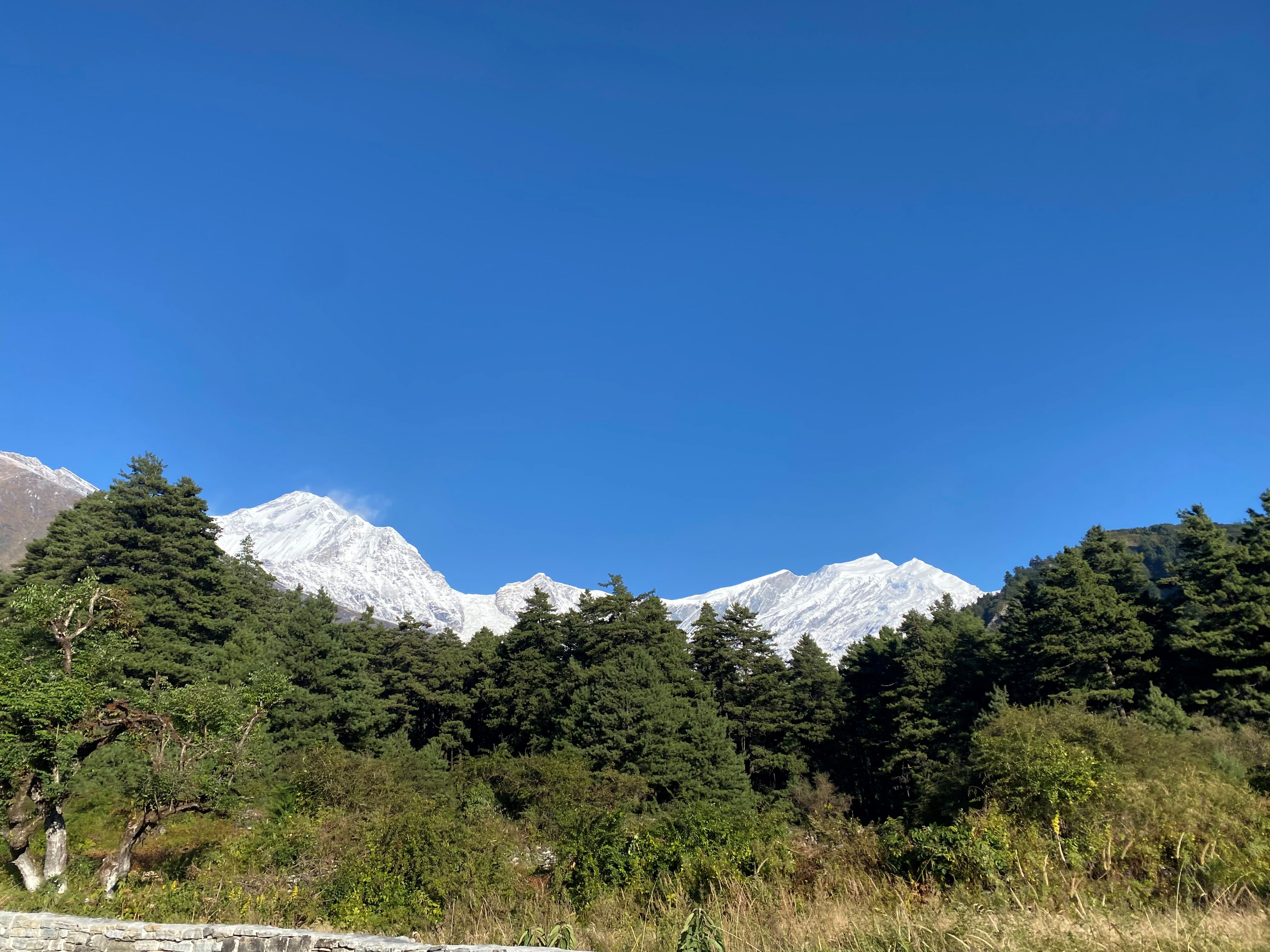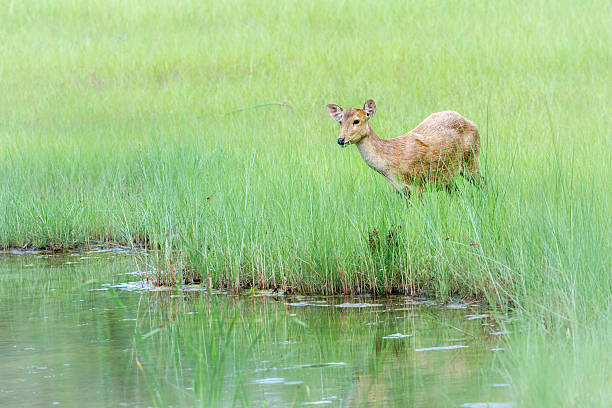Projects
Population and Habitat Dynamics of Bengal Florican (Houbaropsis bengalensis) in Nepal’s Protected Grasslands

Bengal Florican (Houbaropsis bengalensis) is one of the world’s rarest bustard species with an estimated population of 250-999 individuals globally (Bengal Florican (Houbaropsis Bengalensis) - BirdLife Species Factsheet, 2024) and 28-36 in Nepal (Poudyal et al., 2008). It is a habitat specialist bird of alluvial grasslands with very narrow ecological niche (Baral et al., 2003). Legally, it is listed as the protected bird under the National Parks and Wildlife Conservation Act 1973, Appendix-I in CITES (Convention on International Trade in Endangered Species of Wild Fauna and Flora) and critically endangered bird species by IUCN (International Union for Conservation of Nature). They inhabits the lowland grasslands of Terai regions and are also considered as the indicator of the healthy grassland habitat. However, now, they are restricted largely, if not entirely, to protected areas. The major threats to their population are habitat loss due to succession and fragmentation, grassland burning, haphazard grazing by livestock and invasion of alien species.
Bengal Florican is also the institutional emblem of Conservation Nepal, symbolizing its conservation significance. Like the Hog Deer, citizen scientists from CN are involved in collecting field data on the Bengal Florican’s population, habitat, and breeding behavior in Koshi Tappu Wildlife Reserve. Additionally, past field observations and data from periodic monitoring by the reserve are incorporated into ongoing research.


